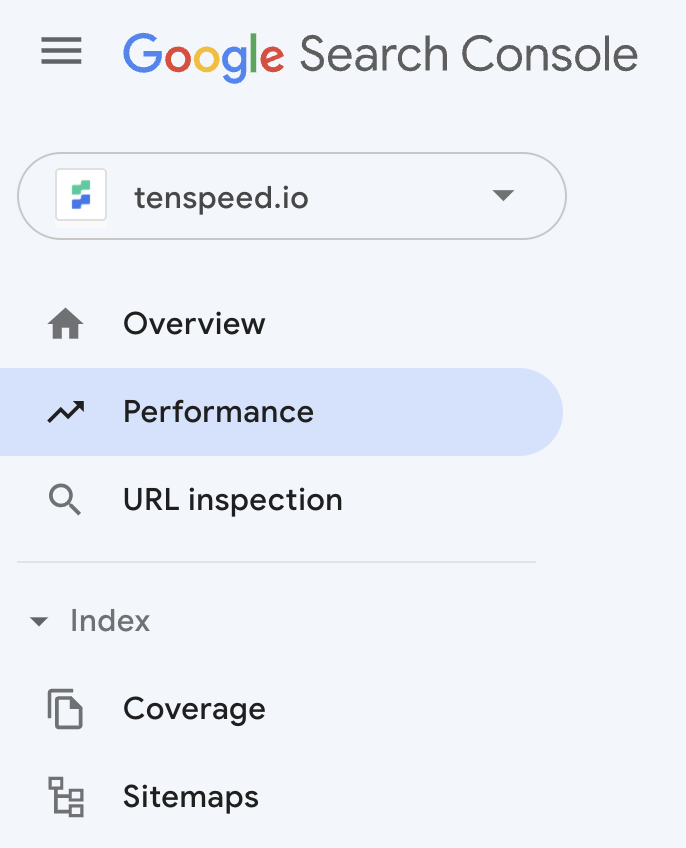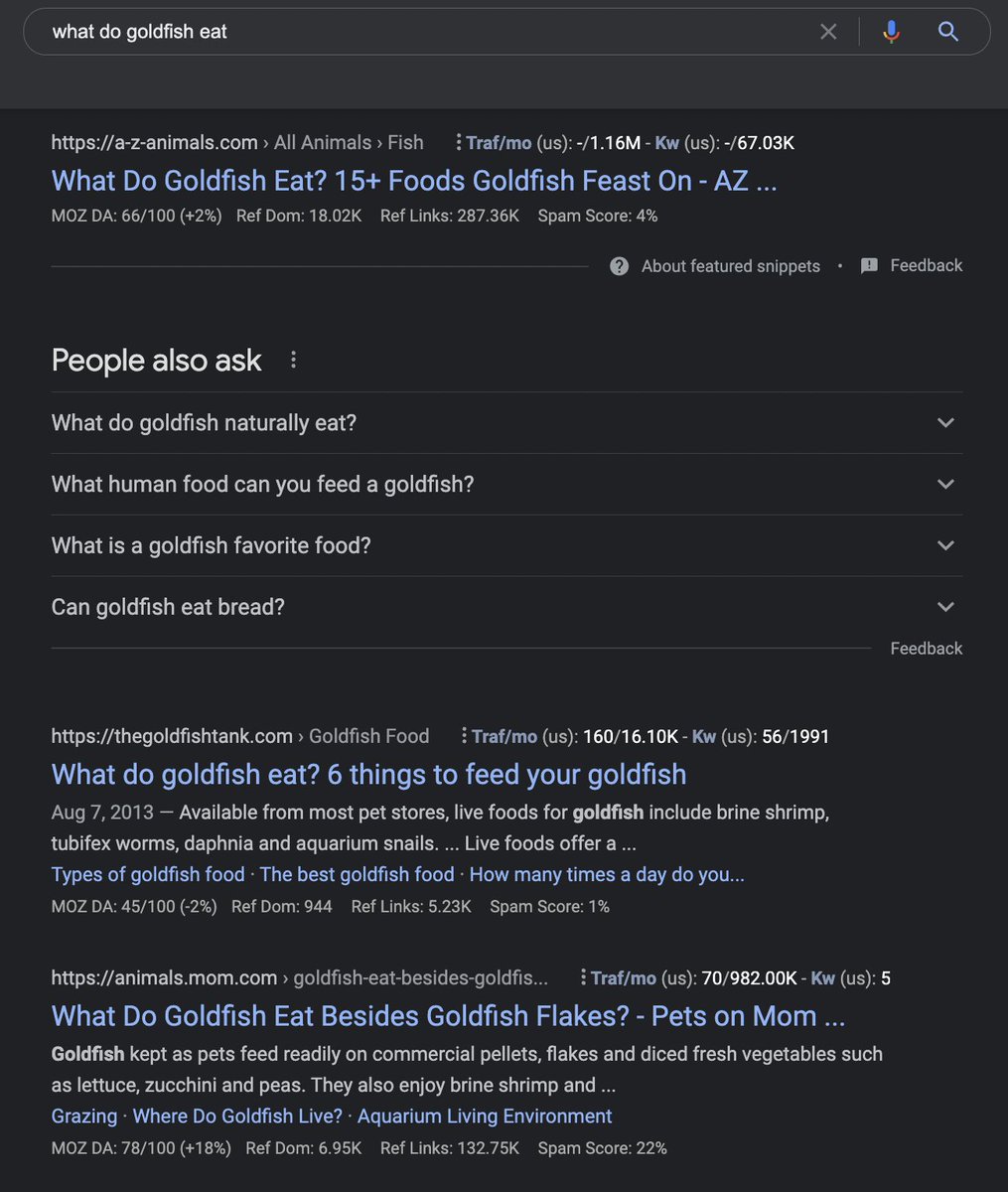
An easy way to find great #contentmarketing topics from your own first-party data👇
Google data can help you make smarter #SEO choices, removing the guessing game of choosing topics that are relevant/related to one another semantically.
Let's take a quick look at GSC.
Google data can help you make smarter #SEO choices, removing the guessing game of choosing topics that are relevant/related to one another semantically.
Let's take a quick look at GSC.
Google Search Console is a goldmine for finding queries that are related to your business and the most successful pieces of content you've already built.
How to identify these topics:
1) Open GSC and navigate to the tab on the left side that says "performance." Select that.
How to identify these topics:
1) Open GSC and navigate to the tab on the left side that says "performance." Select that.

2) Navigate to the navigation tabs that sit below the main graph and above the table. Make sure you select the "pages" tab. 

3) If you know which blog topics/sales pages are already doing well - navigate to those by either manually locating them or via the page URL filter. Then select to view just that URL data. 

4) Now, instead of looking at the table that just shows "pages" or the one URL you chose, select the "queries" tab.
Note which ones have clicks + impressions. These queries represent the keywords with which Google believes you match most closely when it comes to search intent.
Note which ones have clicks + impressions. These queries represent the keywords with which Google believes you match most closely when it comes to search intent.

5) Now note the queries with 0 clicks but high impressions. These are our queries of interest (for the sake of this post). We need to test their intent using Google's own search engine. 

If the queries you are receiving clicks for are generating a SERP that closely matches (has a significant number of the same URLs) that of the queries with no clicks but high impressions...
--> you can add sections to your current page that will capture that expanded intent.
--> you can add sections to your current page that will capture that expanded intent.

If the queries you are receiving clicks for are NOT generating a similar SERP with the queries that have high impressions/0 clicks
--> you should build a new post/page targeting that keyword's intent. Google understands that these queries are related but have different intent
--> you should build a new post/page targeting that keyword's intent. Google understands that these queries are related but have different intent

6) Do this for your most valuable pages to ensure you're coming up with topics related to the content your customers already love + signals to Google that you're covering a breadth of related content.
This will result in increased rankings.
This will result in increased rankings.
For more SEO and content marketing threads, feel free to give me a follow.
And RT this thread if you found this useful and think others will as well!
Happy Wednesday.
And RT this thread if you found this useful and think others will as well!
Happy Wednesday.
• • •
Missing some Tweet in this thread? You can try to
force a refresh







